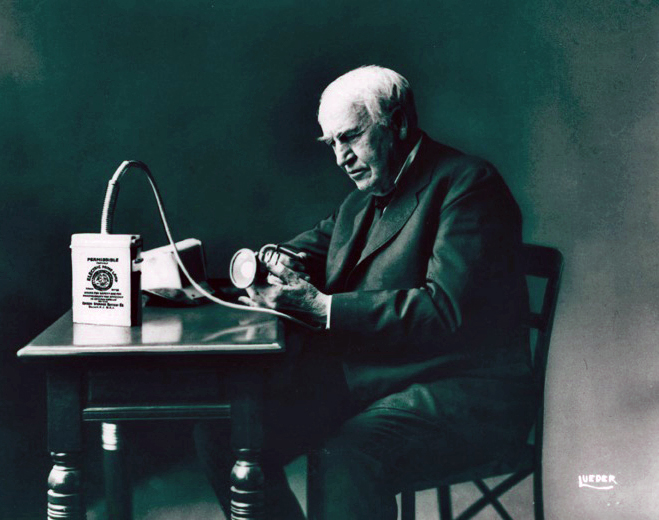First manufactured in 1912, the Edison Safety Mining Lamp was powered by a battery enclosed in a self-locking steel case worn on the miner’s belt. A flexible cord, protected by a steel cover at both ends, connected the battery to the cap lamp.
- Description (Brief)
-
First manufactured in 1912, the Edison Safety Mining Lamp was powered by a battery enclosed in a self-locking steel case worn on the miner’s belt. A flexible cord, protected by a steel cover at both ends, connected the battery to the cap lamp. The battery could power the six-candlepower lamps for 12 hours and was recharged at the end of a miner’s shift. This lamp has an added cord for plugging into an electric outlet.
- Location
-
Currently not on view
- ID Number
-
AG.MHI-MT-2683.06
- catalog number
-
MHI-MT-002683B
- accession number
-
115674



